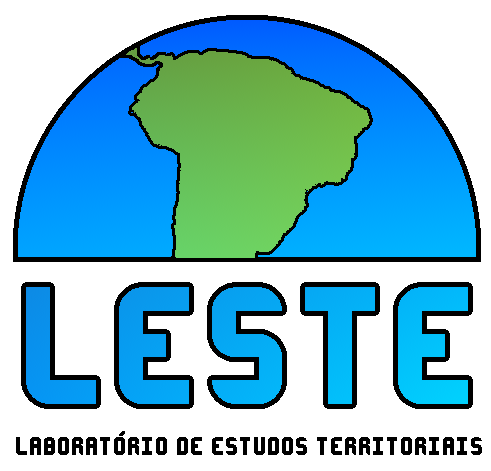Spatial Modeling of Amazonian Deforestation
DOI:
https://doi.org/10.29327/248949.24.24-4Keywords:
deforestation, Amazon, spatial modelingAbstract
The major challenge in establishing a socioeconomic development function for a potential for environmental degradation, as in the specific case of deforestation, consists of obtaining measurements of a set of variables that gives some indication of the behavior of the dependent variable over the near future. Therefore, spatially exploring the variables that most explain Amazonian deforestation, with the aim of achieving a parsimonious model, capable of shedding light on the behavior of environmental degradation in this region, in the near future, is what this work is aiming for. Based on the statistical exploration of variables, directly or indirectly, involved in the Amazonian deforestation process, this study aimed to develop classical and spatial linear models that establish functional relationships between these variables and the fraction deforested in the municipality, that is, percentage of the original deforested forest area. These objectives were achieved through the following steps: statistical exploration of economic and demographic variables involved, directly or indirectly, in the Amazon deforestation process; elaboration of mathematical transformations in the selected variables, in order to obtain the best adjustment between each one of them and their respective dependent variables; estimation of classical linear models that established functional relationships between these variables and deforestation; application of spatial autocorrelation tests in previous modeling; and, finally, estimation of spatial models of Amazonian deforestation. It is also intended that the estimated models support the simulation of future scenarios capable of integrating socioeconomic variations in the region and their impacts on the level of deforestation







